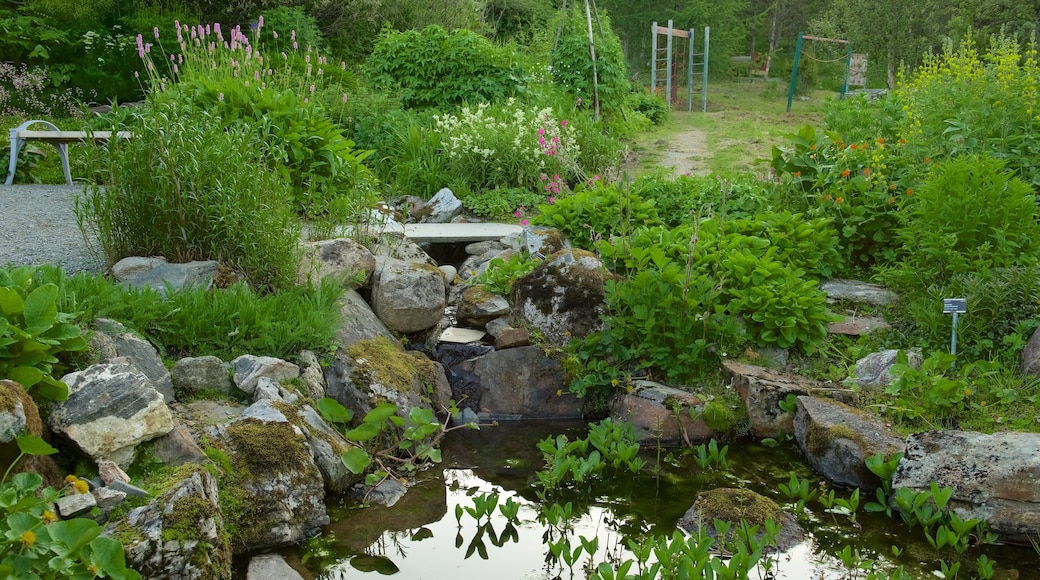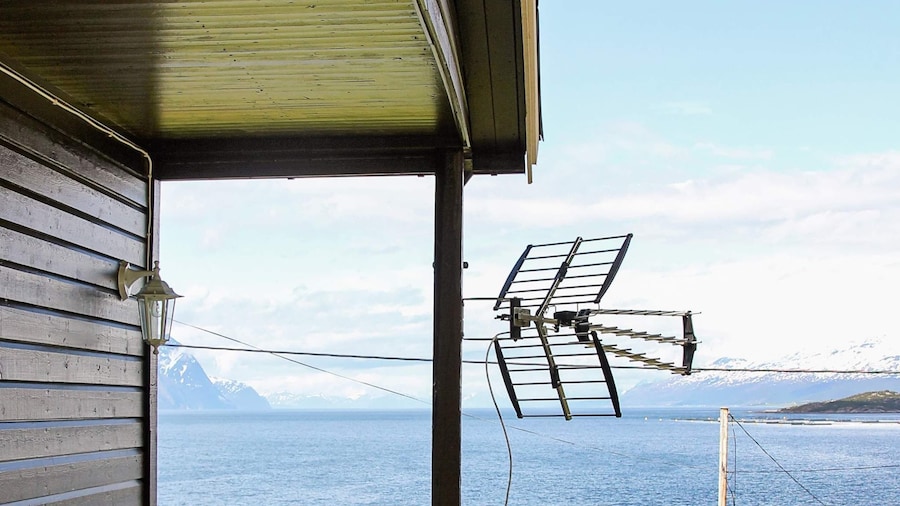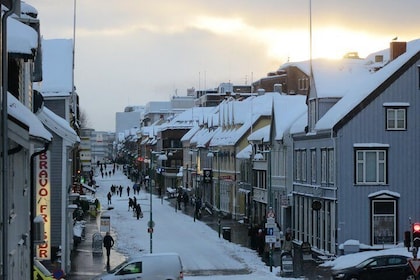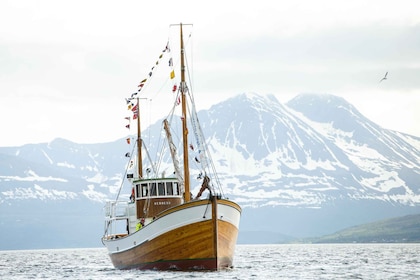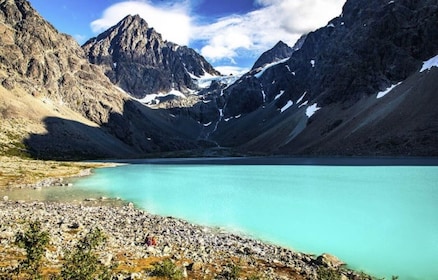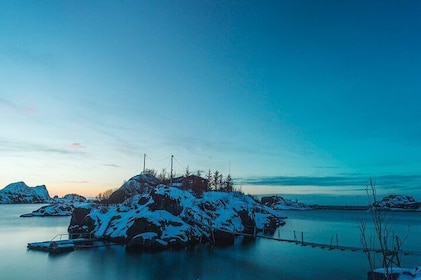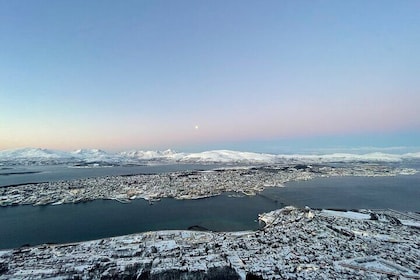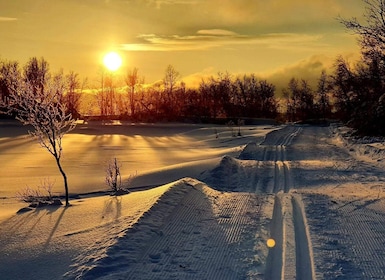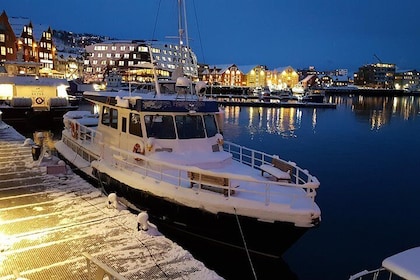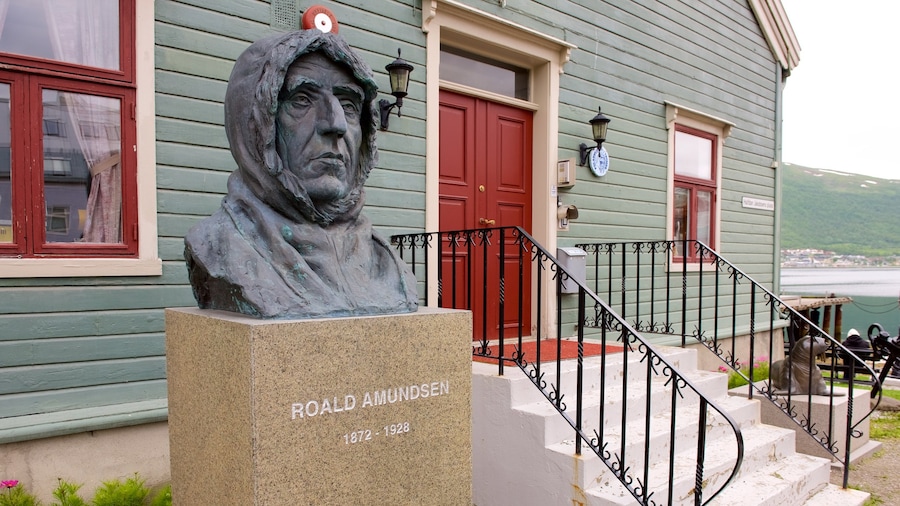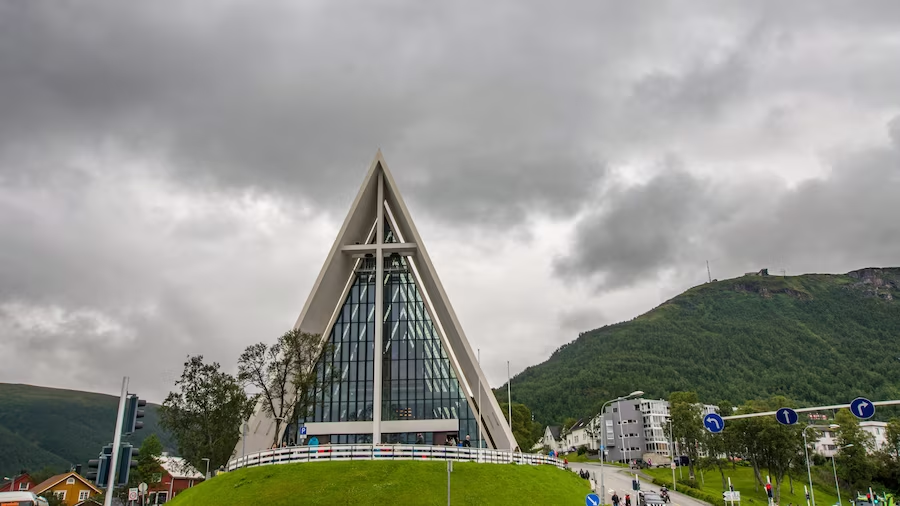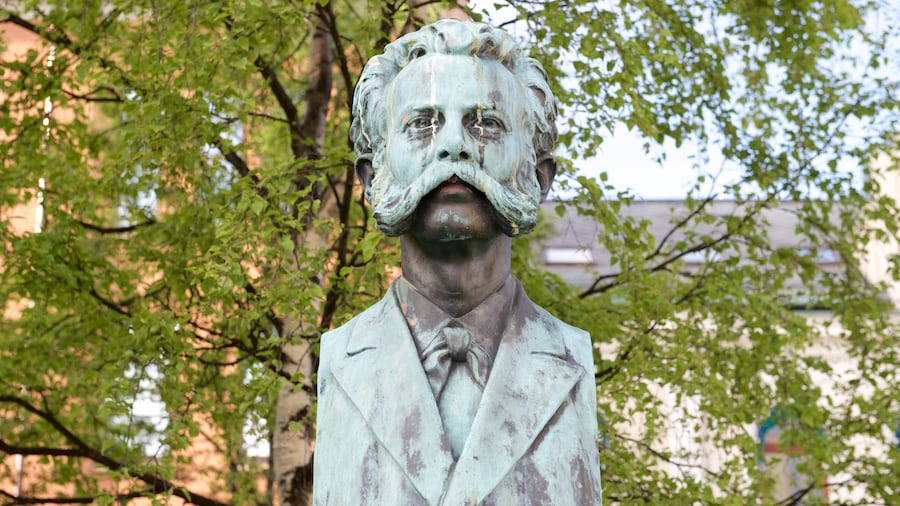Admire exotic plants from Chile, Africa and Turkey, along with a large collection of alpine and arctic flora in these beautiful public gardens.
The Polar-Alpine Botanical Gardens are considered the northernmost botanical gardens in the world. These gardens must support a unique diversity of plant life in order to withstand about 7 months of snow coverage in Tromsø. Discover plants from native ice beds in Svalbard, a remote terrain made up of frozen glaciers.
Find an extraordinary view of the region’s mountain backdrop from the gardens. See spectacular white, red, yellow and purple rhododendrons in the early summer months. The Polar-Alpine Botanical Gardens support a large collection of exotic and arctic plants from across the Northern Hemisphere.
Relish the sight of the stunning purple saxifrage flower in bloom at the beginning of spring. Other common arctic varieties include pasqueflowers and yellow cushion plants. See flowers native to the Himalayas, such as the Tibetan blue poppy. Many of the dominating species blossom in the first days of May, while traces of snow are still present.
Notice the white and pink berries of the shrubby rowan, a species of sorbus. The surrounding rock landscape supports many varieties of shrubs and foliage. See some of these species in the middle of winter. The Polar-Alpine Botanical Gardens host 25 individual collections, each with rare and beautiful plant species. Collections include Arctic Circle, Himalayan and South American species.
From mid-May to late July, the sun will not drop beyond the horizon in Tromsø. In these months, many of the plants experience increased growth due to the midnight sun phenomenon. Admire a colorful mosaic of flowers and plant life during the summer. Notice sparse shrubs sticking out of the deep white snow in the winter.
The Polar-Alpine Botanical Gardens are located about 3 miles (5 kilometers) from the center of Tromsø. The gardens are free to enter and are open every day of the year. Stay in a range of accommodations in the lively city of Tromsø, with many hotels and guesthouses available.
The gardens feature thousands of international plant species, with a special focus on plants and flowers unique to the polar regions.




